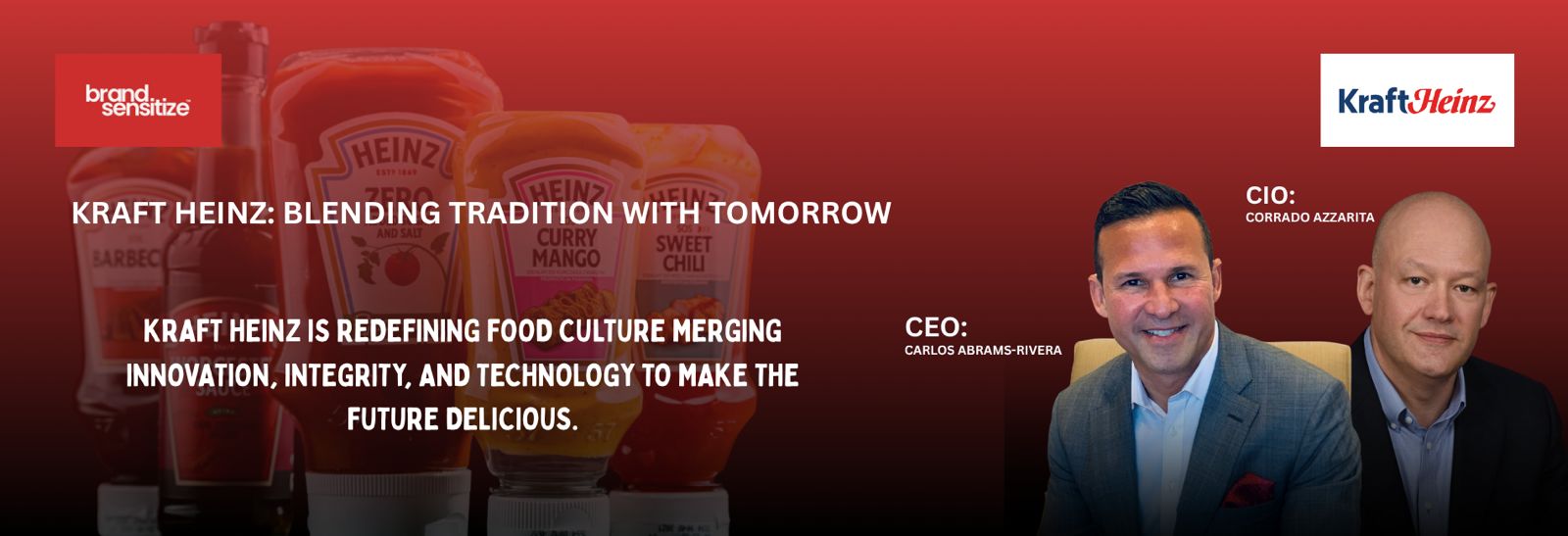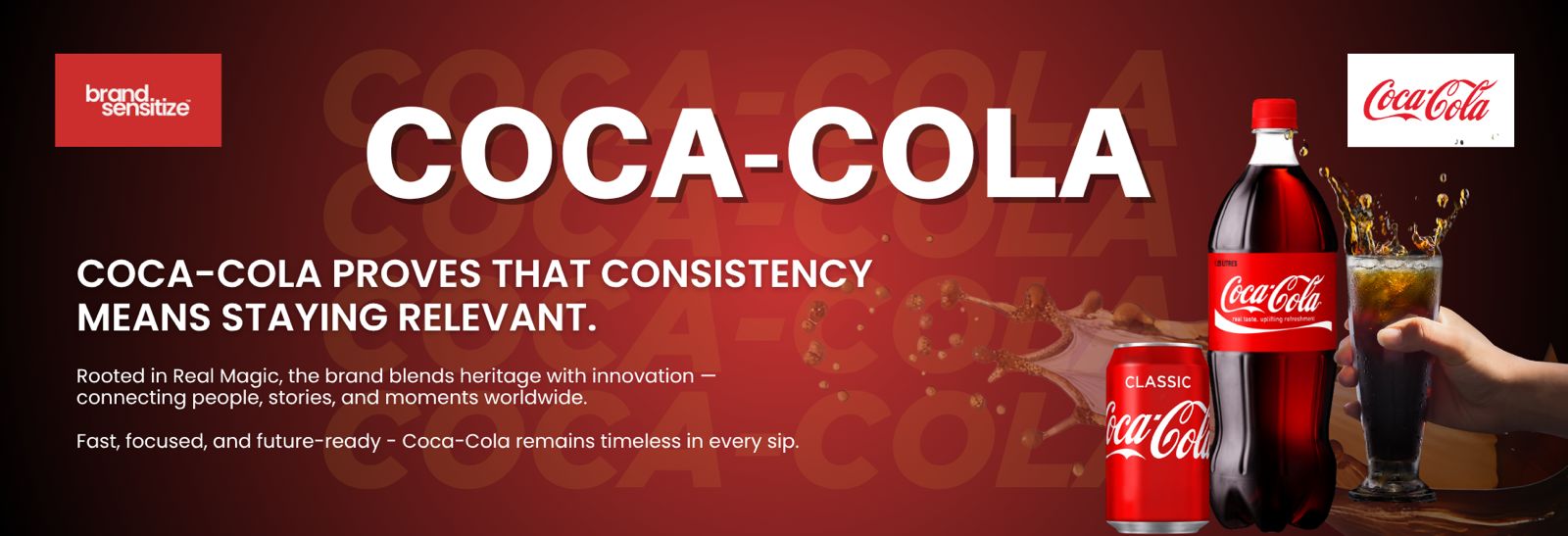
Recent Posts


Kraft Heinz: Innovating Heritage Through Modern Leadership

Johnson & Johnson: Healthcare & Innovation

Coca-Cola: Real Magic- Combining Purpose, Innovation, and Growth
follow us
Digital Convergence vs. Consumer Reality: Tata's Vision Meets Market Behavior

Tata Digital Brand Analysis: Strategic Positioning and Market Dynamics
Established in 2020, Tata Digital is India’s leading omni-channel retailer with a presence in electronics, food and grocery, pharmacy (e-pharmacy, e-diagnostics), fashion, travel & hospitality, financial services, and payments. The NeuPass loyalty program, which offers exclusive and personalized benefits, has 140 million+ members. To understand Tata Digital’s competitive position, a thorough strategic brand analysis is essential, focusing on organizational capabilities, market trends, consumer behavior, buying patterns, and strategies for integrating large and complex ecosystems as key success factors.
Strategic Foundation and Brand Architecture
Tata Digital is leveraging a 155-year-old heritage brand to address one of the most complex challenges in digital commerce: developing a genuine integrated ecosystem instead of just system aggregation. This isn’t just about building another super app; it’s about fundamentally transforming the behavior, purchasing habits, and mindset of Indian consumers when interacting with a new-generation digital ecosystem.
The brand benefits come from “inherited trust equity.” While pure-play digital investments and brand-building need mind share and trust, Tata Digital starts with institutional credibility, allowing it to concentrate on execution and innovation instead of brand creation.
Competitive Positioning and Market Dynamics
Tata Digital’s approach is fundamentally transforming traditional practices in the digital commerce industry. Tata Digital’s strength isn’t about competing on features or prices; it’s about providing a unified experience and ensuring its different apps work seamlessly together.
The integration of consumer behavioral data across various business sectors, such as travel plans, Tata properties, Tanishq gifting, and BigBasket food choices, represents a sophisticated form of competitive differentiation that creates significant barriers for competitors to replicate: 18 different categories, all with in-house supply chains, including 14 finance and related applications, exclusive deals, and discount options.
The challenge is not in service availability but in providing seamless integration and delivering a cohesive, unified experience to customers.
Leadership Transition as Strategic Catalyst
The appointment of Tata Digital’s third CEO in just six years highlights the complexities of navigating a large ecosystem. Notably, Tata chose to look outside their usual circle, bringing in Sajith Sivanandan from Google and Disney+ Hotstar. This clearly signals that they recognize the need for fresh ideas, improved governance and faster execution than they’ve achieved so far.
Industry brand analysts are closely watching to see if this time they can truly crack the code on creating a unified digital experience that customers genuinely want to have.
Market Opportunity and Consumer Behavior
Tata Digital is leading the way to take advantage of a unique moment in Indian digital growth. Unlike mature markets where consumer buying patterns are well-established, Indian consumers are rapidly evolving in their digital preferences and becoming exploratory navigators in their digital journey.
Consumer retention and long-term loyalty happen when customers see clear value, easy operations, and smooth navigation across the integrated platform.
Execution Challenges and Strategic Risks
The main challenge isn’t in vision, it’s in execution and managing complexity. Handling multiple category-leading businesses while creating seamless integration is not only operationally challenging but also complex from each business’s perspective. Removing operational barriers. Bold approach to revamp the current convenient lanes to build broader highways.
Tata Digital’s primary operational challenge is in cross-platform integration rather than building individual platforms. While the organization excels with standalone platforms like BigBasket, 1mg, and Croma, the Tata Neu unified platform has struggled to create synergies across services, enhance user experience, and boost operational efficiencies throughout the ecosystem.
Market sentiments indicate low user engagement with Tata Neu despite active use of its individual apps. In the past, users experienced slow load times, poor integration, fragmented experiences, crashes, and navigation problems, causing them to revert to individual apps.
User Journey Comparison
User Journey on the Amazon app:
- Open the Amazon app – Know it’s for shopping
- Search/browse – Find products easily
- Compare – Clear product information and reviews
- Buy – Simple, fast checkout
- Track – Reliable delivery updates
User Journey on Tata Neu:
- Open Tata Neu – Confused about what to do first
- Navigate – Multiple services but unclear connections
- Switch between services – Confusing transitions, different interfaces
- Checkout – Multiple authentication steps, inconsistent payment flows
- Return – Most users go back to individual apps (BigBasket, 1mg)
- Advertisements – Confusing Ads in between the app navigation
However, when viewed holistically, the existing hurdles are minor relative to the comprehensive benefits, and the goals remain entirely attainable.
Future Strategic Implications
Looking ahead, Tata Digital’s success will rely on its ability to evolve from a “collection of services” to a “digital lifestyle platform.” The brand signifies India’s most ambitious push toward digital convergence. When successfully implemented, Tata Digital won’t just be another e-commerce company; it’ll become the essential digital infrastructure for Indian households. That presents a much bigger opportunity than most people currently estimate. Amazon’s 12-year head start, convenience, user adaptability, and its hold on a 31-32% market share are important factors.
Competitive Context
Paytm led the digital payment revolution by introducing QR code payments to India’s traditional merchants and consumers, gradually expanding its ecosystem to include entertainment, travel, and investment services.
Jio adopted an ambitious ‘one umbrella‘ approach, combining over 40 services within MyJio, which integrates utility payments, entertainment, and financial services through JioFinance. This effectively creates a comprehensive digital marketplace.
Meanwhile, Tata Digital launched Tata Neu, hoping its 150-year-old brand trust would persuade users to shop for groceries, buy electronics, and order medicines all on one platform. What makes this especially compelling is how they’re developing something uniquely tailored to the Indian consumer and indigenous approach, combined with Tata’s heritage trust factor, which establishes a defensible competitive position.
Financial Performance in Context
Upon closer inspection, the financial figures reveal a fascinating story. The ₹547 crore ($63 million) of operating income signifies more than just sales growth; it shows that the ecosystem across the portfolio is maturing, and progress is underway.
- In 2024, Tata Digital processed 20.76 million transactions across its portfolio, giving an aggregate GMV of Rs. 37,355 CR, operating income of Rs. 421 Crore and a loss of Rs. 1021 Crore.
- In 2025, the ₹32,188 crore GMV was generated through various touchpoints. Operating income was Rs. 547 Cr. Share as a percentage of consolidated loss was -2.86%, amounting to Rs. 828 crore.
Such numbers reflect the development of real behavioral patterns rather than just transaction volume.
Technology Strategy and AI Integration
Tata Digital is partnering with Salesforce to enable AI-driven personalization. The primary goal is to unify customer data to deliver personalized experiences across multiple categories.
- Google Cloud – Through Tata Elxsi’s partnership for cloud-native solutions and infrastructure support
- Amazon Web Services (AWS) – Tata Elxsi serves as an AWS Advanced Tier Services Partner
- Microsoft – For enterprise productivity platforms and AI initiatives, as referenced in earlier research
- TCS (Tata Consultancy Services) – Internal Tata Group technology services for development and maintenance
The Bigger Picture
Tata Digital represents India’s most ambitious push into digital convergence.
The brand faces a challenge not in vision but in execution at scale. If successfully implemented, Tata Digital won’t just compete with Amazon, Jio, or Paytm. They will define the digital lifestyle of Indian households.
At BrandSensitize™, we believe the most compelling brand stories are the ones still being written. Tata Digital’s journey from vision to reality reflects the wider transformation of Indian commerce, challenging, complex, yet full of extraordinary possibilities.
The open question is whether Tata Digital will truly evolve into the digital backbone of Indian households, redefining trust and convenience at scale, or whether it will remain a set of strong individual apps that succeed independently but never fully converge. Either way, it is pushing the entire industry forward.
What makes this especially powerful is that it is homegrown, designed for broader use, and anchored in a vision of nation-building. That is the kind of ambition that doesn’t just participate in markets but actively reshapes them.
We’d love to hear your perspective: does your digital life align more with Amazon’s marketplace expertise or with Tata’s bold attempt at ecosystem integration?
Comments
Keith Nicks is EVP and Chief Digital & Commercial Officer for Ahold Delhaize USA, overseeing
omnichannel marketing, retail media, and e-commerce for U.S. brands. Tim Bork is the Chief Commercial
Officer for Ahold Delhaize Europe & Indonesia, focusing on local brands and responsible for growth,
including marketing and customer experience.
With nearly €96 billion in projected 2025 revenue, Ahold Delhaize ranks among the top 10 global
retailers, operating over 6,700 stores across multiple formats, including Albert Heijn, Delhaize, Food Lion,
Giant, Hannaford, and Stop & Shop.
6,700 stores powered by one procurement platform – a scale that makes others jealous.
For customers, Ahold isn’t just a grocery retailer; it’s a trusted lifestyle partner that combines the
intimacy of local shopping with the innovation and value of global retail leadership.
Ahold’s brands, such as Albert Heijn, Stop & Shop, and Giant, represent 37 years of average customer
relationships—customers don’t just shop there; they grow up with these brands, creating emotional
connections that transcend transactions.
After gaining thirty million loyalty members, Ahold demonstrated that personalization consistently
outperforms promotion.
BrandSensitize™ research shows that Ahold Delhaize operates with a decentralized marketing and brand
building approach, where marketing functions are embedded within:
- Brand-specific leadership (each local brand has its own marketing teams.
- Regional commercial officers who oversee marketing alongside broader commercial
responsibilities. - Digital and omnichannel specialists who handle modern marketing channels.
Ahold Delhaize’s Brand Building Initiatives:
Sustainability campaign: €50M investment reached 10M consumers, delivering a 20% boost in
sustainable product sales and generating €400M in revenue.
Digital Marketing: €150M digital budget achieved 25% higher engagement, 2.6% click-through rates (vs
1.9% industry standard), and built 500K+ social media following.
Loyalty Program: 30M members across brands with 85% customer penetration, driving 75% of total sales
and contributing €1B annually—10% better retention than competitors.
Strategic Brand Partnerships: 100+ collaborative campaigns with CPG brands, including Coca-Cola,
generated €600M in additional revenue through joint promotions.
Omnichannel Investment: A $1 billion price investment initiative, combined with AI-powered
personalization, aims to achieve an 80% loyalty sales penetration by 2028.
Strategic marketing drives measurable business results—from sustainability messaging to digital-first
loyalty programs, Ahold Delhaize demonstrates that well-executed brand-building campaigns deliver
both customer engagement and bottom-line growth on a global scale.
Ahold Delhaize’s Strategic Technology Partnerships:
- W23 Global VC Fund: $125M investment with Tesco, Woolworths & others backing AI startups
like Harmonya & Protex AI - Zycus Partnership: Source-to-Pay suite powering procurement across 6,700+ stores globally
- Hanshow Technology: Electronic shelf labels + innovation labs across all European locations.
- Inmar Intelligence: $141M in customer savings delivered through personalized digital coupons.
- DoorDash Collaboration: Tripled order volumes through enhanced last-mile delivery integration.
- Internal AI Innovation: MaxiGPT, LionGPT & Albot assistants deployed across the Serbian,
Belgian, and Czech markets. - New Tech Studio: AD/01 in Bucharest targeting 250+ tech talents for digital acceleration.
Zycus has licensed its comprehensive Source-to-Pay suite to Ahold Delhaize, including eSourcing,
Contract Lifecycle Management (CLM), and Supplier Management platforms.
TCS’s relationship with Ahold Delhaize marks a mature, strategic partnership focused on digital
transformation and supply chain technology.
Wipro partnered with Capgemini as one of the most significant retail transformation initiatives in the
world at Ahold USA.
Capgemini powers Ahold Delhaize’s end-to-end transformation, developing blockchain technology use
cases for Ahold Delhaize’s supply chain and leveraging its expertise in business transformation, as well as
its understanding of Ahold’s industry and operations.
Traditional retailers, equipped with AI and Robotics, will surpass pure digital players by 2030.
The key is to position Ahold not as just another retail success story, but as the company that has
rewritten the rules of digital transformation for every traditional business watching.

Leave a Reply